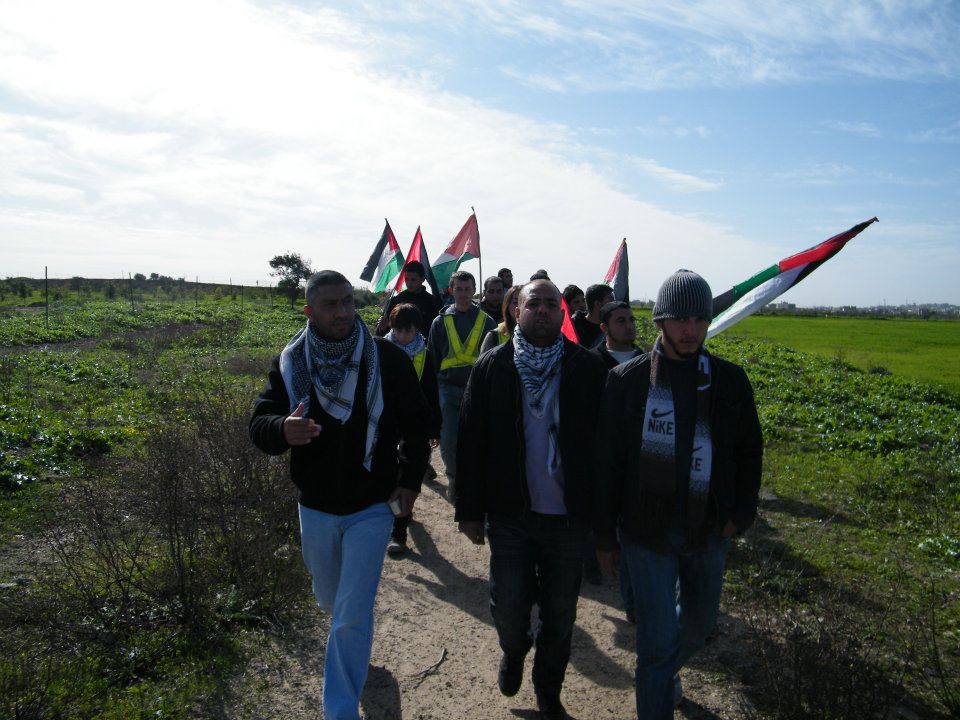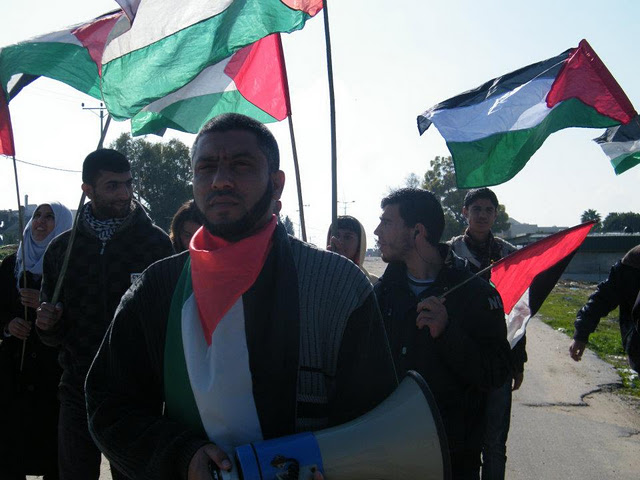Tag: Beit Hanoun Local Initiative
-
Further into the No Go Zone
by Nathan Stuckey 19 January 2012 Every Tuesday we gather next to the half destroyed Beit Hanoun Agricultural College. At eleven o’clock, we set out into the no go zone. This week there were about thirty of us, members of the Beit Hanoun Local Initiative, the International Solidarity Movement, and other activists from Gaza. At…
-
Resistance continues, demonstration in the No Go Zone
by Nathan Stuckey 11 January 2012 | International Solidarity Movement, Gaza Every Tuesday we gather in front of the Beit Hanoun Agricultural College, members of the Beit Hanoun Local Initiative, the International Solidarity Movement and other activists from all over Gaza. We gather, and we march into the no go zone. Sometimes we are shot…
-
Beit Hanoun commemorates 3 years since operation ‘Cast Lead’
by Rosa Schiano 7 January 2012 | il blog di Oliva On Tuesday there was another demonstration in Beit Hanoun against the “buffer zone” imposed by the Israeli army in the Gaza Strip. The demonstrators also commemorated the over 1400 Palestinians killed during operation “Cast Lead”. The demonstration started at about 11.00 am. A drone…



